Tiananmen Square 25th Anniversary: How Unrest Unlocked China's Largest Industries
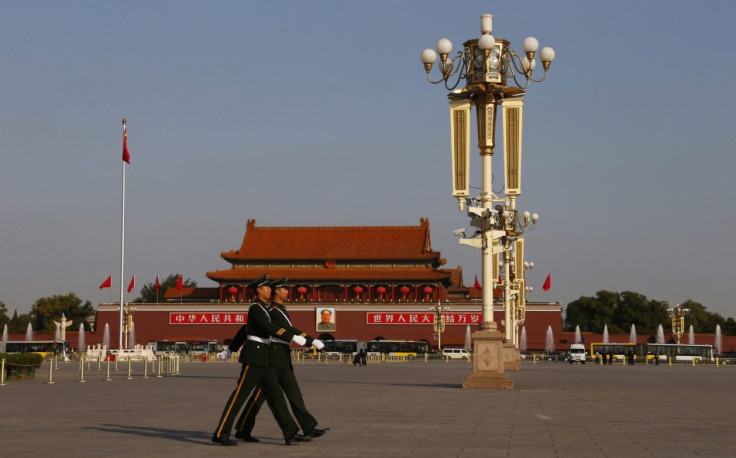
Tiananmen Square massacre marked the turning point for some societal movements but it also became pivot point for the liberation of its economy.
So, on the event's 25th anniversary, IBTimes UK decided to take a look at China's largest industries and how far they have come since.
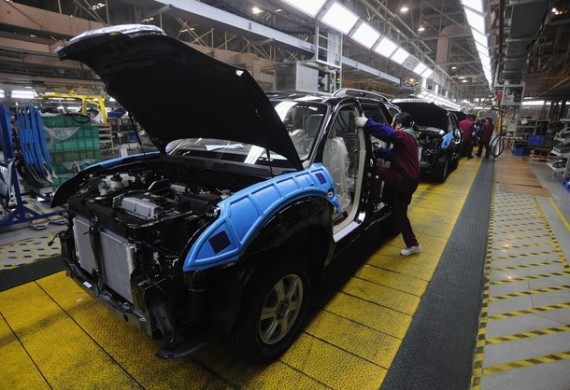
Automotive: China was a late jumper on the automobile bandwagon, with its first factory not opening until 1953. However, due to communist laws, manufacturers in China were not allowed to partake in joint schemes with foreign manufacturers, which meant that in an impoverished country, there was no real financial incentive.
After the massacre at Tiananmen Square, in the 1990's China revved up its automobile manufacturing, citing it as one of its priorities in a more modern China, and in 1992 its automotive production exceeded one million for the first time.
It continued to speed up and in 2009, it produced more than 13 million cars – overtaking the USA to sit in second place behind Japan.

Oil: Enormous oil reserves were first discovered in Asia's largest country in 1959 in the northeast region of Songua Jiang-Liao. By 1963, it was producing 2.3 million tonnes of oil a year. Fast forward 22 years and Chinese oil exportation had reached 20 million tonnes.
However, in 1993, the People's Republic could no longer meet its own needs and had to begin importing oil, which was finally allowed after importation laws were relaxed.
It's importation of oil has been increasing ever since and in 2003 it became the second largest importer, behind the USA.
Mining: The reforming era of the '80s saw the country really prioritise the coal industry to align it with the modernisation process that the country was going through at the time.
Changes were desperately needed pre-Tiananmen Square massacre as problems shrouded the industry in regards to transportation and the quality of the final product. Towards the end of the decade, the government closed poorly run, state owned enterprises that largely relied on the coal industry to ease the demand.
Issues still remain with the pollution that the mining industry causes, but it became the world's largest coal industry in in the 90's.

Telecommunications: Liberated by the reforms, the telecommunications industry really accelerated in the 1990's, having only had a 0.4% penetration rate in 1984, with only 4 million fixed-line telephones, according to Liu Cai, author of China's Telecoms Industry: Reform and Prospects.
The telecom reform officially began in 1994, but before this the industry was controlled by the Ministry of Posts and Telecommunications, before being pressured into a change by disillusioned customers.
The latest figures from 2012 show that there are over 1 billion mobile phone subscriptions, says the Ministry of Industry and Information Technology – the replacement for the former.
Steel: In the years leading up to the Tiananmen Square massacre, then ruler Mao Zedong wanted to cut China's reliance on importing steel. He encouraged the public to set up furnaces in their gardens where they could use their scrap metal to create recycled steel.
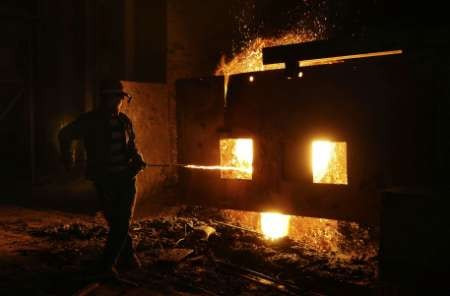
The outcome was not what he would have hoped.
The recycled metal was shoddy, and the amateur efforts in creating it resulted in immense damage to China's ecosystem.
China's steel industry is now the largest in the world, reaching an output of 779 million tonnes in 2013 – a world record – following massive industrialisation of the country.
Recently however, it has been affected by new pollution laws which has led to the shutdown of several factories.
Insurance: In 2013, the Financial Times described China's insurance market as the fastest growing in the world, but it certainly took its time to get going.
Between 1949 and 1976, the insurance industry was essentially non-existent as property and businesses were largely owned by the communist government.
However, the insurance industry began to take flight in 1980 as part of the financial restructurings. The reforms that followed the Tiananmen Square massacre played a huge part in the revival of the insurance industry, and in 1992, the People's Bank of China allowed American International Group, and selected other foreign companies, to begin selling life insurance on its turf.
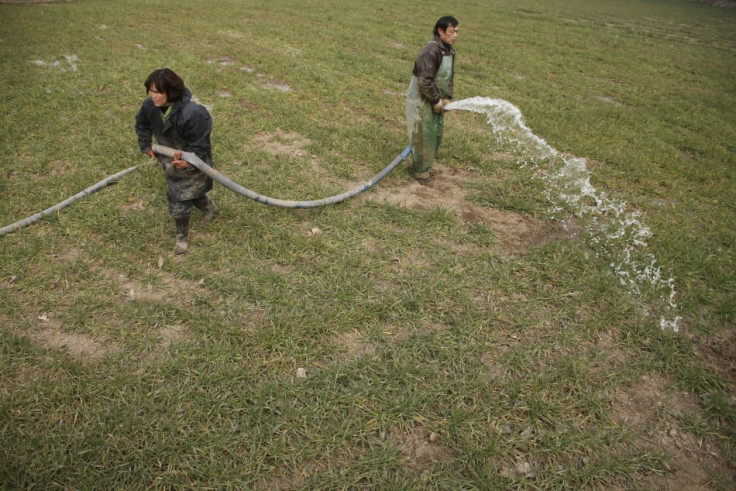
Agriculture: Mao Zedong initiated the "Great Leap Forward" campaign between 1958 and 1962 which saw land collected, and subsequently divided into communities, with farmers being moved away from their land.
Private food production was banned, which resulted in the famine where roughly 45 million people died of starvation.
The reforms that followed the 'Tiananmen Square Incident' saw a slightly more liberal government relax laws, with the aim of stabilising the economy.
In 2011, China overtook Canada as the biggest importer of agricultural goods from the US, and two years later, it overtook the whole of European Union for the importation of agricultural goods from Brazil.
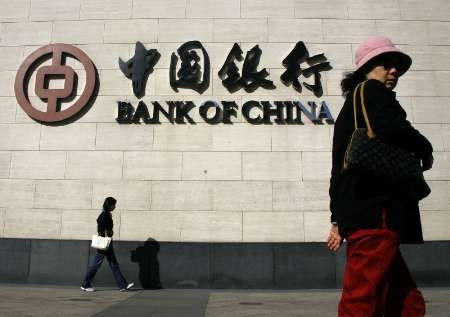
Banking: In the mid-1980s, banking in China lagged seriously behind the economic powerhouses of the world at the time.
Cooperation between banks was non-existent and hardly any of the population had savings accounts.
China's stock exchange was only re-introduced in 1986 after an absence of almost 40 years. The country had to wait until 1992 before it introduced a Chinese bank branch outside of the country in the form of the China Industrial and Commercial Bank.
Over two decades on, the Economist reckons that China's economy is valued somewhere in the $9tn (£5.4tn, €6.6tn) region – making it the largest in the world.

Garments and Textiles: In the 30 years following 1949, China's garments and textiles industry was booming within its own country, but due to the communist political nuance, it was unable to make an impact on a global scale, despite the potential.
In 1983, the government scrapped the coupon system that was used during the peak of the communist regime, and consumers were allowed to freely purchase clothes.
The eased laws allowed rapid development of the industry between 1995 and 2004 and textile exports increased from $35.8bn to $95.1bn in this timeframe – making it the world's largest market.
© Copyright IBTimes 2025. All rights reserved.






















